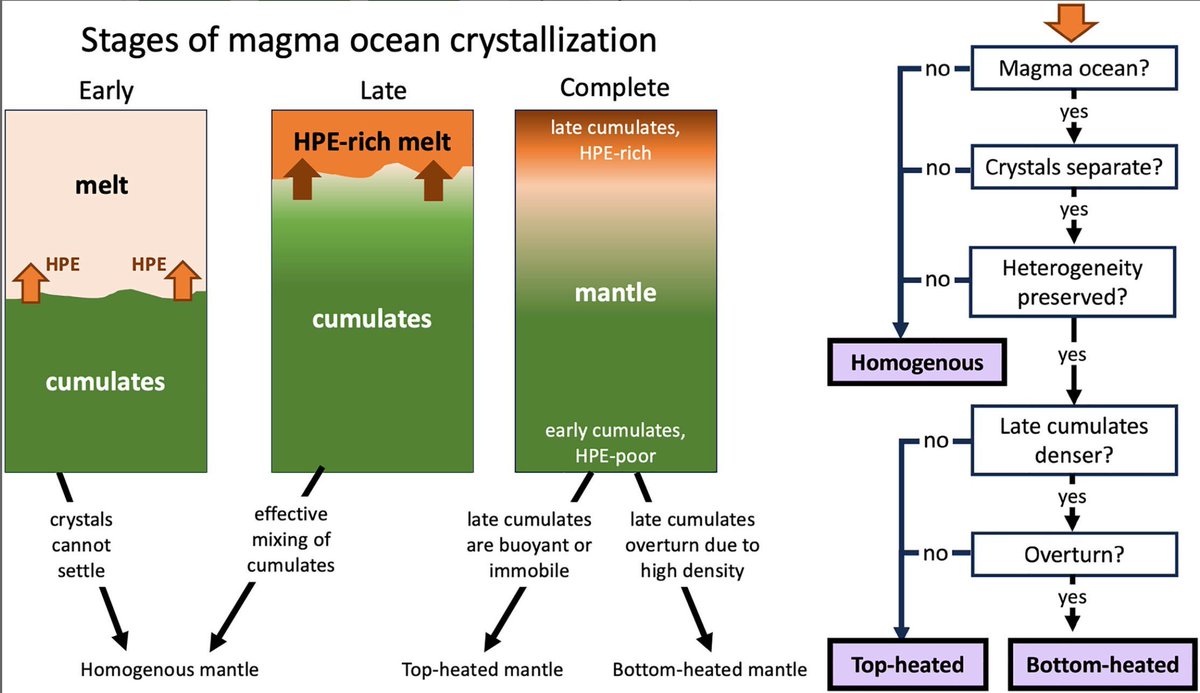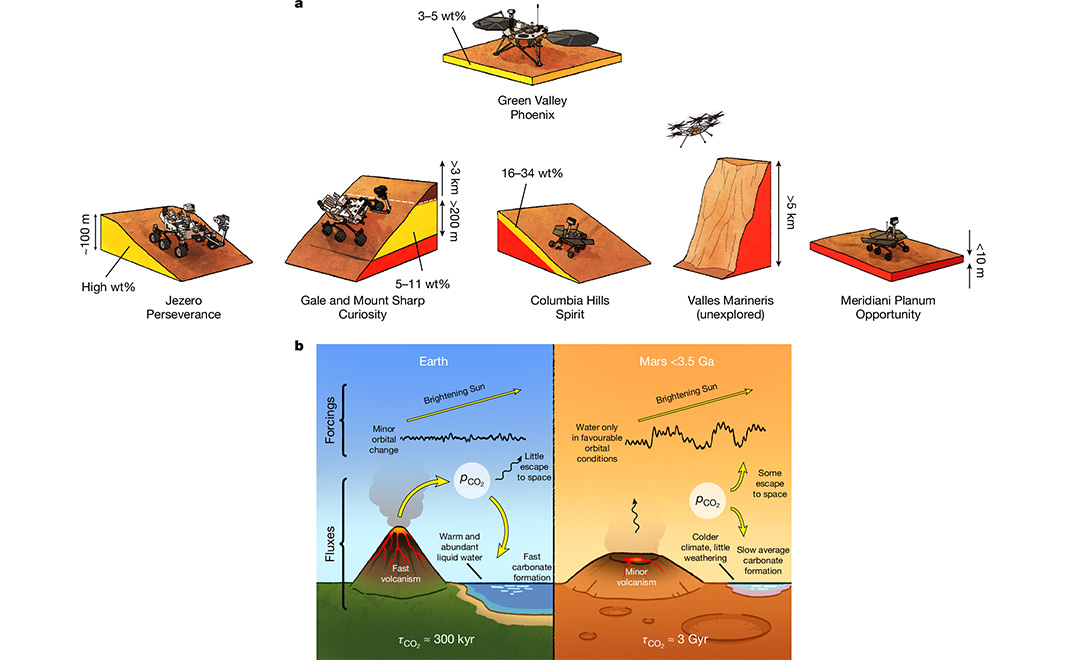
Shivanu Sourabh
@shivanusourabh
Planetary geosciences | Geochemistry | Bibliophile | Cricket | @HydUniv
#SaveHCUBioDiversity
ID: 2568898674
15-06-2014 12:07:12
2,2K Tweet
1,1K Followers
1,1K Following

A paper in Nature Astronomy reports evidence of a potentially accessible, underground cave conduit originating from an open pit on the Moon. go.nature.com/3zGWUM5


2024 Research Leaders: Leading academic institutions University of Hyderabad First among Indian Multi-Disciplinary Universities in the latest Nature Index rankings The Univ of Hyderabad (UoH), an Institution of Eminence (IoE), has once again featured in the top position in the latest



















Scientists at ETH Zurich have reconstructed the history of the Earth's magnetic field and found that it already existed more than a billion years ago, much earlier than previously thought. Article via swissinfo.ch swissinfo.ch/eng/research-f…




